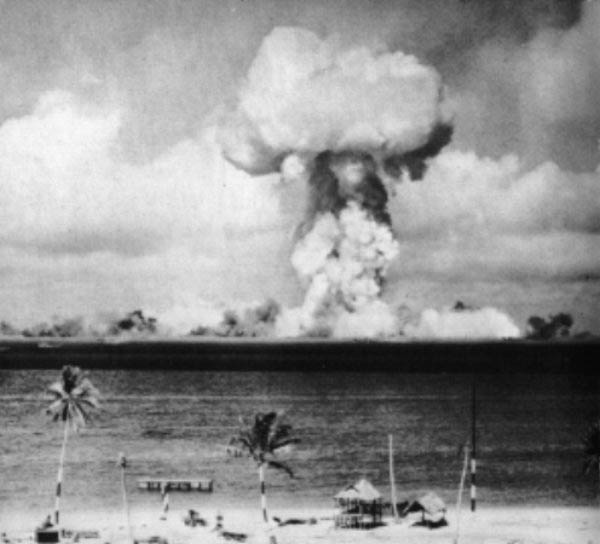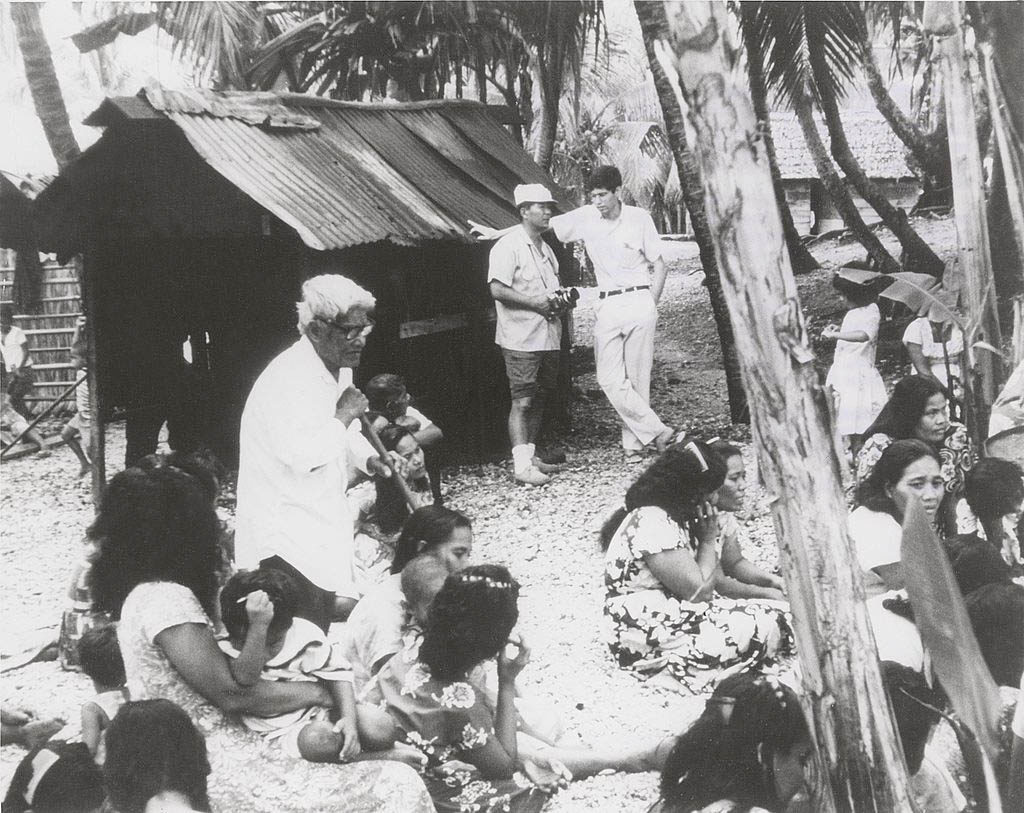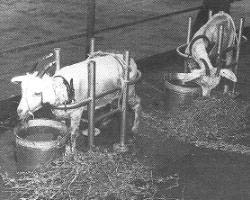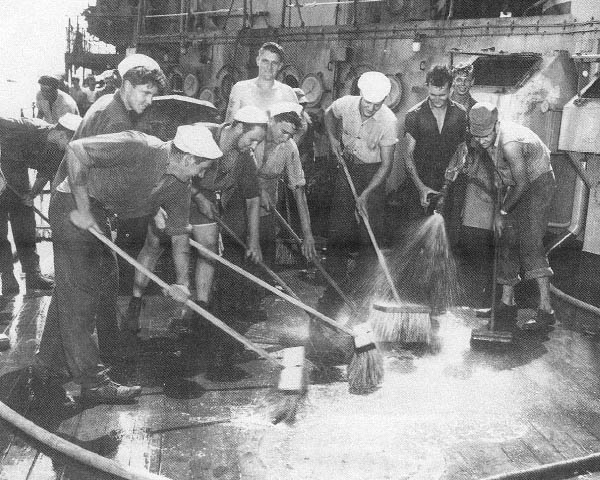Bikini Atoll is world famous for two things: inspiring the last big innovation in ladies’ swimwear and the wrecks left over from the Operation Crossroads nuclear tests.
Bikini Atoll is part of the Marshall Islands and situated in the very middle of the North Pacific Ocean. It’s one of the remotest places on earth and therefore an adventure that most divers can’t experience. Before the tests, the 23 islands were a paradise surrounding an 8km deep lagoon and was known for its rich fishing reefs that supported 40 local families.
In 1946 the United States was the world’s only Nuclear power. The previous year had seen the US Air Force dropping atomic bombs on Hiroshima and Nagasaki to force Japan’s surrender. These attacks had stunned the military and scientific establishments, being much more powerful than they’d thought. Both communities were keen to understand more about the new weapon’s capabilities.
The main drivers of the Bikini tests were the US Navy, who were extremely worried that nuclear weapons would make their fleet obsolete overnight. Keen to show their service was indispensable, the tests were organised to prove the strength of modern warships and how they could withstand the A-bomb. Taking over the remote atoll at Bikini, the idea was to place a collection of surplus ships and bombard them with two of the Air Force’s new bombs.
The Navy also wanted to show the survivability of their sailors to nuclear attack. So, they packed $450 million worth of target ships with livestock, including goats, cows and Guinea pigs. All local inhabitants were moved to the nearby island of Kwajalein for their safety, with the promise that they’d be able to return in six months.
At 9 o’clock, July 1st 1946 the first nuclear attack on ships at sea commenced when a bomber called Dave’s Dream dropped a 23kt nuclear weapon on the fleet below.
Although spectacular to see, the results were disappointing. Only five ships were sunk and none of those were the big battleships. The US Navy was quick to point out the sturdiness of their ships, with Secretary of the Navy James Forrestal telling reporters that capital ships were near invulnerable to any hits above the water. Unfortunately for them and what they didn’t know at the time, was that the bomber had missed its target by almost 700m. Had the bomb exploded over the Nevada as planned, at least nine ships would have been obliterated.
About a month later, the Navy tried again and BAKER was everything ABLE wasn’t. Nine ships in total, including two battleships and an aircraft were all wrecked and sunk in the lagoon.
The results were catastrophic, resulting in serious radioactivity and environmental damage. Warships that didn’t sink were to be decontaminated, boarded and repaired, that is if they weren’t too radioactive to approach safely. The Atomic Energy Commission later described Test BAKER as the world’s first nuclear disaster.
The US Military ignored their agreement with the islanders and continued to use Bikini Atoll as a nuclear testing ground for a number of years after the 1946 tests, thwarting their return. In 1955’s Operation Castle, the largest ever US nuclear test left the island uninhabitable for decades.
70 years on, the islands have remarkably begun to recover. Marine life seems to be extremely resilient to nuclear radiation and the lagoon is now a haven for coral and rare fish.
Despite the small amount of radioactivity that remains, the 13 shipwrecks that sit at the bottom of the lagoon have attracted recreational divers from far and wide. The local government now runs annual expeditions and unsurprisingly, the massive 36,000 ton USS Saratoga is the biggest attraction, sitting upright and almost perfectly preserved.










